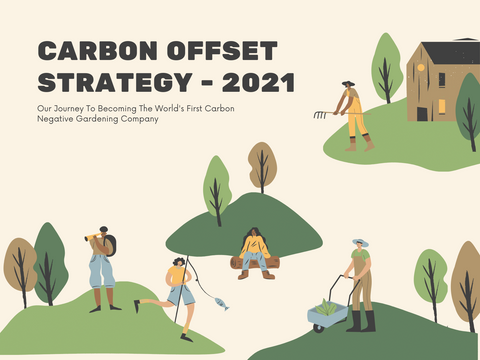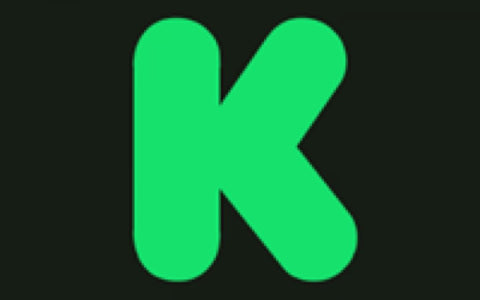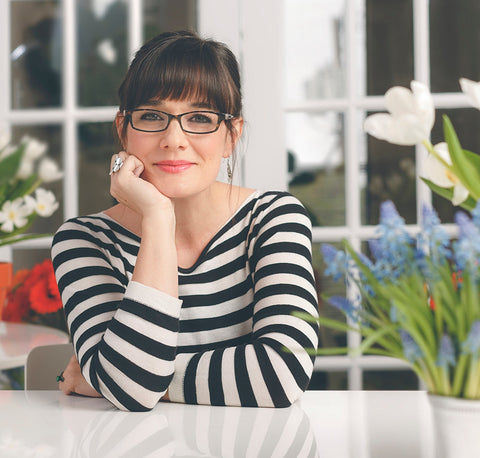What Does Carbon Offsetting Mean?
This post is a continuation of our recent article titled Urban Leaf’s 2021 Carbon Footprint Review and our April 2021 commitment to becoming the World’s First Carbon Negative Gardening Company.
The following example, which we’ve borrowed from Shopify, helps explain how carbon reduction and carbon offsetting work:
Imagine making a mess, like spilling a can of paint. You don’t know how to clean up the paint, or you just don’t want to. So instead of cleaning it up, you pay someone to clean up a different can of spilled paint elsewhere. The paint you spilled is still there, but the number of total paint cans spilled in the world is the same as before you spilled yours. This is what carbon offsets are like for the carbon dioxide (CO2) emissions we release into the atmosphere.
The good news is that this is just an analogy. In the case of carbon offsets, pulling carbon from the atmosphere benefits the entire planet, no matter where it happens.
People, businesses, and governments can calculate their carbon emissions from daily life or operations and pay to capture or prevent an equivalent amount of CO2. The cost of offsets varies widely depending on the project size, technology, and location, ranging from a few dollars to hundreds per metric ton of CO2.
Reducing Our Own Footprint
Our first priority is reducing our existing carbon footprint. In 2021, Urban Leaf took several actions to reduce our footprint:
- Packaging reductions
- Shipping efficiency improvements
- Low-impact material choices
In 2022, we aim to continue with:
- Further domesticating our supply chain
- Exploring alternative materials
- Continuing packaging reductions
A Pathway To Net Negative
After all sourcing and efficiency improvements, we’re left with an estimated footprint of 40.2 metric tons of CO2 for 2021. We are committed to:
- Reducing this to zero with offsets in 2021
- Purchasing double the amount of offsets in 2022 to account for others’ emissions as well
This ‘Net Negative’ approach ensures that as we grow, the planet gets cleaner. Many companies aren’t yet doing their share, so we feel it’s our responsibility to pick up some slack.

Our Approach to Offsets
There are many ways to remove carbon from the atmosphere, just like there are many ways to clean up spilled paint. At Urban Leaf, we’re focused on fostering a more sustainable food system, which represents a significant source of global land clearing, deforestation, water use, and greenhouse gas emissions.
We believe the sustainability of our food system is one of the biggest challenges our generation faces. Therefore, we’ve chosen to support carbon offset initiatives that promote Regenerative Agriculture.
What Is Regenerative Agriculture?
Regenerative Agriculture is a farming approach that aims to sequester carbon in the soil, rather than release it like conventional farming. It supports healthier soil, plants, humans, and ecosystems, making it a holistic solution for both our food system and the atmosphere. If you're interested in learning more, we recommend the ‘Kiss The Ground’ book or Netflix documentary.
For our 2021 carbon offsets, we’ve partnered with two marketplaces:
We’re a small company, but we hope to set an example for larger companies in the food industry to follow. Your comments, feedback, and questions are always appreciated!
If you're interested in the background of this post, check out:









There are no comments for this article. Be the first one to leave a message!